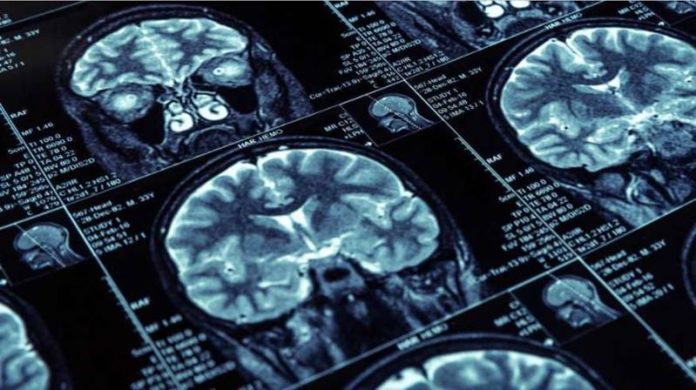New research reveals that poverty shapes how a person’s brain is hard-wired.
According to scientists studying the phenomena, poverty tends to “take up” high amounts of mental bandwidth as one worries about finances, scarce resources, and navigating the gap between income and one’s bills. In so doing, fewer cognitive resources are available for parenting, work, or education.
That is, poverty taxes the parents in such way that they cannot provide proper care, attention, support, and nurture for their children. Moreover, being raised in a home of stressed parents adversely affects the development of the child, and in turn negatively influences the adulthood years of those children. Then, too, the experience of poverty statistically “knocks off” over a dozen points from one’s IQ, which scientists liken to what occurs to the brain for those regularly suffering insomnia or lacking sleep due to undertaking night shifts at work.
Additionally, researchers are quick to point out that poverty’s disadvantageous effects on the brain accumulate over time, and it can exacerbate to the point of affecting generations, especially since living in poverty as a child affects the adult he or she grows into.
The Proceedings of the National Academy of Sciences reports that scientists from the University of Michigan, the University of Denver, and the University of Illinois at Chicago conducted research on the long-term arc of poverty. Their findings indicated that poor children, for example, experienced difficulty regulating emotions and this carried over into their adulthood years, regardless of what their income was by the time they reached age 24.
The study went on to shed light on a pattern called dysregulation, wherein poverty’s accumulated effects led to manifestation of aggression, post-traumatic stress disorder, anxiety, and depression. Thus, children raised up poor had impaired brain functions as adults, with fMRI scans revealing different amygdala and prefrontal cortex amongst those in the poor demographic when compared to their more affluent counterparts. Both the amygdala and prefrontal cortex, incidentally, are two crucial regions in the brain vital to detecting threats, managing emotions, and regulating stress.
Indeed, those children who were poor at age 9 had greater amygdala activity, but less prefrontal cortex activity at age 24, thus making them less likely to manage emotions appropriately.
During the course of the longitudinal study — involving about 50 rural white children from families of varying income brackets — the children were exposed to chronic stressors like low-quality housing, crowding, family turmoil, domestic violence, and toxic school environment. Researchers theorize that these stressors can help establish a link between childhood income status with how the child handles challenges when he or she becomes an adult.
Essentially, the evidence reveals that “early experiences of poverty become embedded within the organism, setting individuals on lifelong trajectories.”















